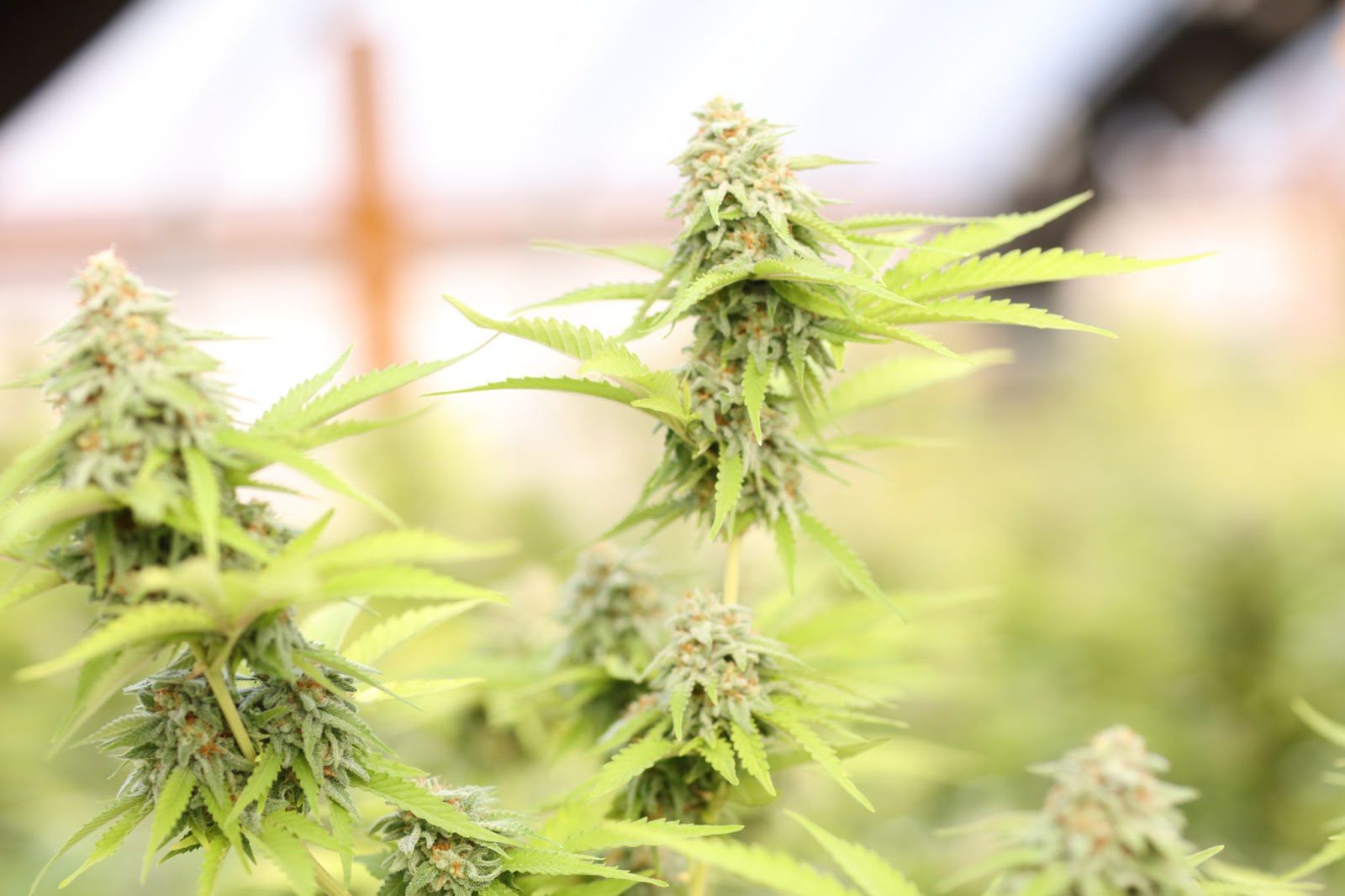Growing cannabis is a labor of love, especially if you raise your plants from seed. You watch that tiny little seed transform into a big strong plant that begins to flower, and as soon as those flowers show up, the only thing you can think of is harvesting them. It’s exciting — you’re far from alone in wanting to try your own hand-raised weed. It’s literally the fruits of your labor.
Harvesting your cannabis at the right time is key. If you harvest too early, your crop won’t be as good. If you harvest too late, you can experience a degradation of cannabinoids that kills the potency of your flower.
Your plant will tell you when it’s ready to be harvested. Being patient and checking on your plant’s progression on a daily basis will help you catch your buds at the exact right time.
From seed to plant
Germinating your seeds, or getting them to sprout, will take about a week. Once you see greenery peeking out from the surface of the soil, the hard work begins. Then, the plant itself begins to grow, i.e. become vegetative. At this stage, plants need nearly constant sunlight or UV light to continue to grow. This state lasts as long as two months.
Somewhere between four and eight weeks, flowers start to appear. A plant can flower for up to ten weeks. Hearty sativas can sometimes take longer. It’s not unusual for sativa buds to take up to 12 weeks to be ready to harvest.
This means that in all, from seed to flower, it isn’t unusual for the process of growing a cannabis plant to last 20 weeks or longer before your flower is ready to harvest. Good things come to those who wait. The key is knowing exactly how long to wait before your flower is at its prime.
Looking for visual cues
It’s all about the trichomes. The trichomes are the crystally bits that surround a bud, and they hold onto little resin bits called kief. The trichomes can tell you everything you need to know about where in the growth and maturation process your cannabis flower is. It’s easy to see whether or not trichomes are present. It’s little harder to tell the difference between hues of trichomes, and that’s what’s most important. The color of the trichomes is one of your most important clues.
Trichome colors and what they mean
When trichomes first appear, they’ll be clear. They’ll look similar to teeny-tiny melting icicles. They’re translucent, shiny, and very delicate. Every strain will have a different amount of trichomes. Some strains, like Durban Poison and Ghost Train Haze, are usually so covered in trichomes that they look like they’ve been rolled in sugar.
Clear trichomes are a great indicator that your plants are healthy. It’s also a sign that your plants will be ready to harvest soon. You should be checking your trichomes every day for signs of cloudiness. When the trichomes change from clear to foggy, it’s time to harvest. It might be hard to observe this change with the naked eye. A magnifying glass or a camera with an excellent macro mode can help you observe your trichomes up close.
Indica strains are a little different. You might not want to harvest them as soon as the trichomes go cloudy. It’s a better idea to wait until the trichomes begin to turn amber. Amber trichomes mean that your cannabinoids are aging and changing. The balance of THC and CBD shifts, promoting a better body high. For a subtle boost, harvest when about 20% of the trichomes are amber. For an intense body high, you can wait until the trichomes are 50% amber.
Harvesting your flower
When your trichomes are looking good, it’s time to harvest your flower. Many people harvest by cutting the whole branch of the plant, flower, leaves, and all. You can manicure the flowers and remove the leaves from the branches at this point, or after you’ve dried them.
Buds will dry faster if you remove them from the plant by hand and manicure them before you dry them. When the buds are separated from the branches and leaves, you’re removing additional sources of moisture and obstacles that may trap residual water. If you want to reduce your drying time, this is the best way to go.
